Upcoming Events
Latest News

HAO's HiWind Balloon has Launched
Yesterday, the weather conditions in Wanaka, NZ proved favorable for a successful HiWind (SN11) launch. The HAO staff received this news with great jubilation. We are proud and grateful for your achievement!
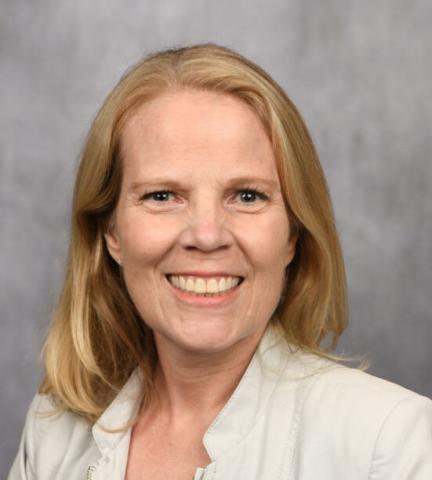
Holly Gilbert awarded the 2025 Irene González Hernández Prize
HAO is proud to announce that our director, Holly Gilbert, is the recipient of the 2025 Irene González Hernández Prize. As quoted from the SPD website announcement..."The Irene González Hernández Prize, established in 2024, celebrates mid-career scientists for transformative contributions to solar research, leadership, and community service." Congratulations Holly!
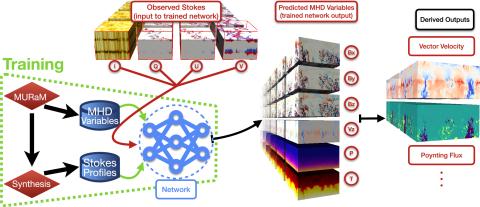
Cutting-edge SPIn4D project combines AI and Astronomy
Matthias Rempel, et al. combine cutting-edge solar astronomy with advanced computer science to analyze data from the world’s largest ground-based solar telescope located atop Haleakalā, Maui. See featured story from the University of Hawaiʻi News. The team’s research recently published in Astrophysical Journal focuses on their development of deep learning models that rapidly analyze vast amounts of data from the U.S. National Science Foundation (NSF) Daniel K. Inouye Solar Telescope.
Latest Research Highlights
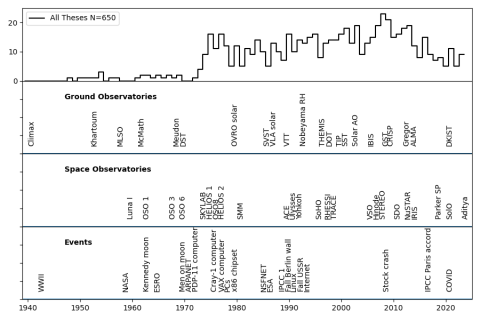
Changing methodologies in solar physics
Philip Judge: For the first time, the methods in solar physics are reviewed using statistical methods. This study attempts to establish a basis for understanding how methods used in research in solar physics have evolved since WWII.
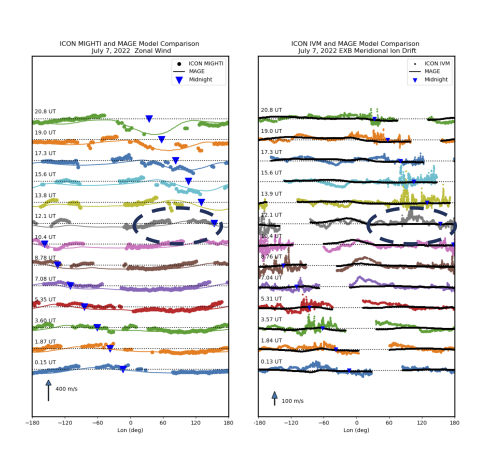
Penetrating electric field with/without disturbed electric fields During the 7-8 July 2022 geomagnetic storm simulated by MAGE and observed by ICON MIGHTI
Qian Wu, Dong Lin, Wenbin Wang, Kevin Pham, Liying Qian, Haonan Wu, Thomas J. Immel, and Erdal Yigit, using a numerical model, simulated the nighttime ionospheric disturbances caused by electric fields that enter this system from the magnetosphere and electric fields generated internally by changes in the thermospheric winds.
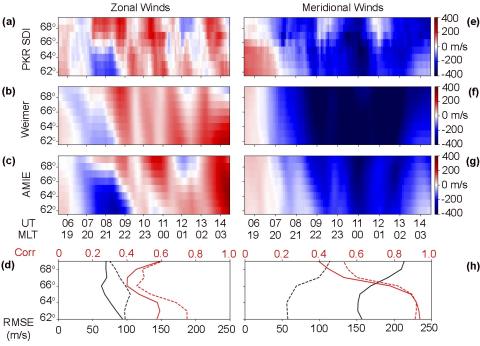
Effects of High-Latitude Input on Neutral Wind Structure and Forcing During the 17 March 2013 Storm
Katherine Davidson, Gang Lu, Mark Conde present a quantitative assessment of the thermospheric forcing and its dependence on high-latitude driving. Due to its coupling with the ionosphere via ion-neutral collisions, the simulated neutral wind and the corresponding thermospheric forcing from Global Circulation Models (GCMs) are highly dependent on the model's high-latitude ionospheric input.